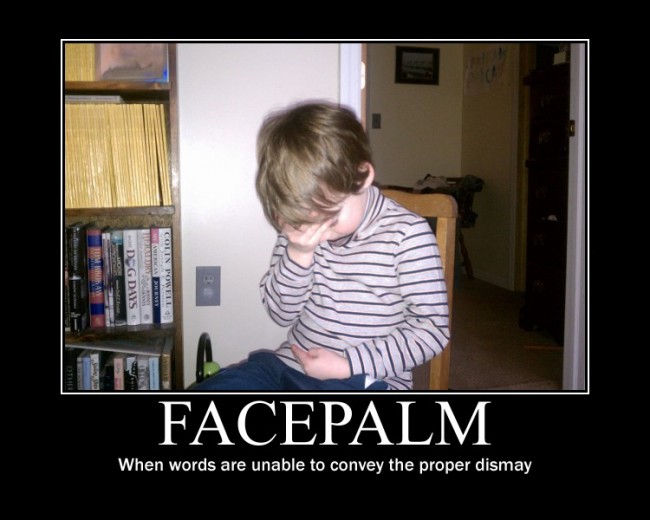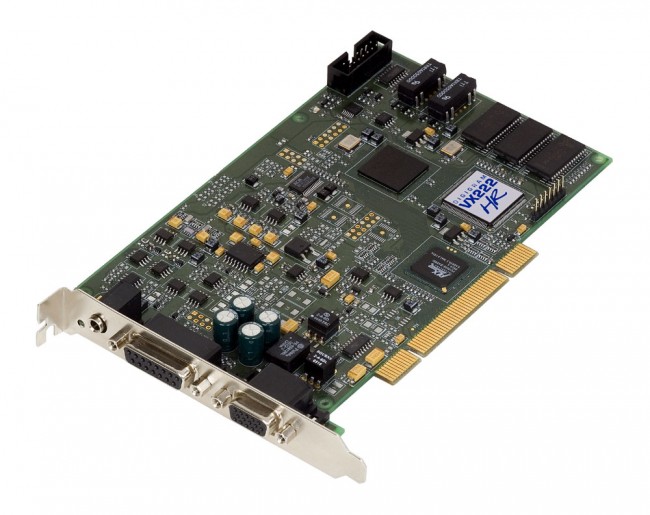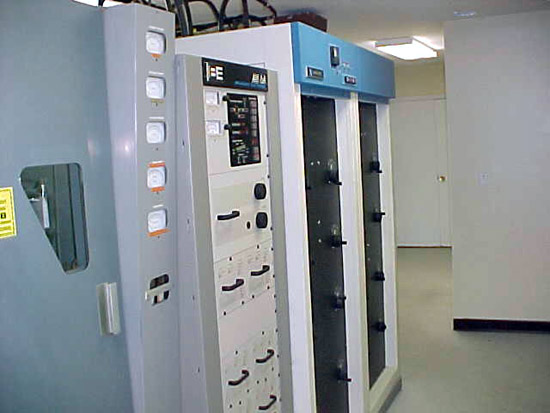Looks like the AM HD Radio™ juggernaut continues… To sink under its own technical faults that is. According to the list the number of AM stations running IBOC in the US is now down to 233 stations from a high water mark of 290 or so. That represents a total of just 4.8% (233 IBOC/4782 Total stations) of all US AM radio stations. On a related note, Bob Savage of WYSL 1040, Rochester, NY has a good idea:
I’ve always said – if you want to see surprising new life in the AM band, s**t-can the stupid irrelevant NRSC pre-emphasis filter and allow stations to run to 15 kHz during daylight hours and 10 kHz nighttime. Mandate C-QUAM in all receiver and receiver devices.
It will sound better than HD, be more robust, and cause far fewer problems. Plus it wouldn’t obsolete a single radio out there, while making a whole bunch of them sound a whole bunch better.
It is so simple in concept, so easy to implement, with almost no expense to AM stations. Again, Mr. Savage:
Most software-based processors have com ports which can be addressed by a remote control system like Sine Systems, so when the power gets reduced at evening pattern change, the bandpass can be changed at the same time…..vice-versa at sunup. No biggie.
For older setups a simple outboard relay and rolloff network could accomplish the same thing. It’s a little more complex but again, not a big deal.
Wow. Facepalm.

Wish somebody had thought of that a few years ago, it might have saved several million dollars and we’d have a different AM band today.
There are a few shoehorned AM stations around here that might be adversely affected by 15 KHz daytime bandwidth, but those are few and far between. By and large, most stations are spaced correctly where this could really work and work well. It certainly would not generate the chaos that AM HD Radio™ has.






IBOC has destroyed the AM radio quality of the past and even with one of the new HD receivers, I cannot see any improvement. The cost of this boondoggle shows that today, the radio broadcasting decision makers lack serious practical engineering input or possibly ignore it. Presently with AM IBOC, the frequency response is cut off immediately above 5 kHz.. So everybody with a conventional receiver is screwed! I think 15 kHz. audio is a little high that really won’t make much difference in sound quality with current automobile receivers. I would be more than satisfied with 10 kHz. but without the 125% positive modulation peak limit. Today’s transmitters are capable of 145% positive peak capability (BE AM10), and it could go higher if the stupid rule wasn’t there. Our BTA-50H Ampliphase at WISN easily did 160% positive peaks on certain programming without splatter or distortion. So why not make AM be truly amplitude modulation instead of stifling it?
Wile I did enjoy C-QUAM when we once had it I found it baffled many of the non technically minded listeners who came complaining and just wanted their radios “fixed” so it would work at night like their old one did. Some were content with their set being hard wired to mono to avoid platform motion but some replaced them with mono models due to such a wide if tuning 3 stations at a time on sky wave. We now have the opposite problem in that all the modern radios are so narrow that they sound like rubbish even though we don’t do IBOC here and being pll tuned you cant slide out on a side band any more. Much of society today think AM and bad sound are synonymous because they know nothing else.
The whole AM broadcast community appears confused beyond belief with technology. The AM stereo fiasco produced a poor or mediocre design at best, and ended up to be disappointing especially with the ionosphere conducting at night. I’m really not sure how well the independent sideband approach by Kahn would have worked out either. I do think that C-QUAM might work better in the expanded band without all the congestion. And the automobile receivers could be improved drastically. The PLL tuning master oscillator crystals are cheap and age off frequency resulting in poor reception. Synchronous detectors seem out of the question for some reason in AM automobile receiver design, and there is no uniformity between the manufacturers as to which sets have C-QUAM chips or which do not. It is truly a hit and miss situation! The EIA has been asleep for some 20 years and ceased operations on December 31, 2010. So, I guess there is no association that gets manufacturers, government, and users together reading out of the same technical prayer book anymore. Another reason that the United States is slowly going out of business along with AM broadcasting.
I remember several C-QUAM stations that sounded great, then there were a few not so much. One of the great things about C-QUAM receivers was the wide bandwidth IF. I have several shortwave receivers that have selectable IF bandwidths and even the GE Superradio has a Wide/Narrow IF option, which works pretty well. The truth is, receiver manufactures have dropped the ball, that is why AM “sounds bad” to most people. I think the average bandwidth of an AM radio is about 2.5 to 3 Khz, which is slightly better than telephone audio.
On a good radio, AM can sound quite good. The point is, AM HD is overly complicated, expensive, and causes more interference than 15 KHz audio would.
Actually, there is no requirement to use pre-emphasis, 75 microsecond or otherwise on AM. You only have to have the 9 khz sharp filter and pass the annual NRSC mask measurements. I personally think that a little presence band rise (CBS Dynamic Presence Equalizer?) would brighten things up just a tad, and please keep out of the dang clippers!
As far as HD goes, I have a 1953 RCA 3-RF-91 that I would like to use to get the news in the morning from a local Class 1B or whatever they are called now. But they have HD and I am just a few degrees off their very deep null. The HD carriers wipe out everything 20 khz both ways and actually sound louder than the program audio. Sure wish I had that 30 years ago when I wanted to be “wide on the dial” and all I had was the knob on the back of the CRL! Anyway the aforementioned carriers beat with the hash from my computer, router, cable box, light timer, lawn sprinkler controller, and who knows what else to make it totally unlistenable. The company who owns this station is part of the “alliance” so I’m sure they won’t be turning it off anytime soon. If I had a PPM, wonder if it would read through all this trash?